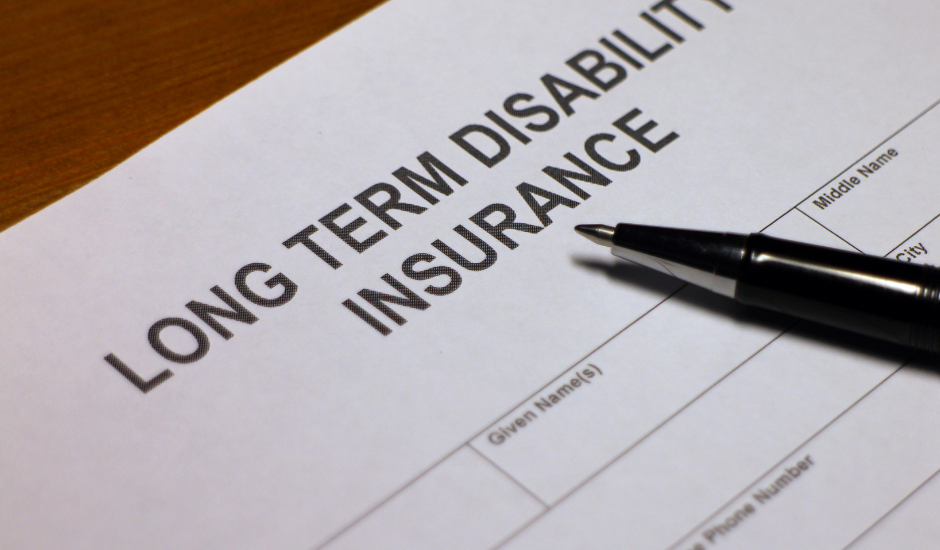What you should know about Long-Term Disability
- April 21, 2022
- Posted by: Guerrilla Group
- Category: Personal Lines

Long-term disability (LTD) insurance is a type of insurance policy that can provide financial benefits to an employee who is unable to work for a long period due to an accident, illness, or injury. This type of insurance coverage provides the employee with a portion of their income while they’re absent from work.
To qualify for Long-Term Disability benefits, you typically must meet the definition of disability for 90 – 180 days before the insurance company will begin paying benefits. This is typically known as the waiting period or elimination period. In employer-provided policies, the waiting period may vary for different classes of employees covered by your policy.
Types of LTD and how it is defined
The definition of disability is covered in your long-term disability insurance policy and will depend on the type of policy you have. There are two basic types of long-term disability insurances:
- Own occupation: In this type of LTD policy, disability is defined as the inability to work in your current occupation or capacity. You should be eligible for benefits even if you are able to perform other job responsibilities within the company.
- Any occupation: Disability in this case is defined as the inability to work in any occupation. To qualify for benefits, you must have the inability to work in any job role and capacity.
The waiting period
If you are disabled: you do not have the ability to work. The designation of short-term or long-term depends on the length of your disability period. A short-term disability generally persists for less than one year. A long-term disability lasts longer than one year.
It is common to opt into both short-term and long-term disability insurance. If you maintain both types of insurance, you could be eligible to receive short-term disability through the waiting period for the long-term disability. In many cases the waiting period for short-term disability is only one to two weeks and the benefits will remain for the entire waiting period for long-term.
What does it cost
Long-term disability rates can depend on various factors, including your age, health, and occupation, and they can vary significantly from one provider to another. Our agent, Julie Hasselbach, can help you find a policy with limits you require that is in your budget.
Premiums are set based on several factors, including your policy’s benefit amount, benefit period, waiting period, and your age, health, location, and occupation.
- Coverage amount: The higher your benefits, the higher your premiums. Long-term disability benefits are tax-free.
- Benefit period: The longer you want to receive long-term disability benefits, the more your policy will cost. As long-term disabilities can remain for many years, a benefit period of five years minimum is typical.
- Waiting period: The shorter your waiting period, the more expensive your long-term disability insurance will be. To save money, you could supplement this with a short-term disability policy to cover the initial waiting period of your long-term disability policy.
Contact Us today to talk about what kind of long-term disability plan is best for you.

